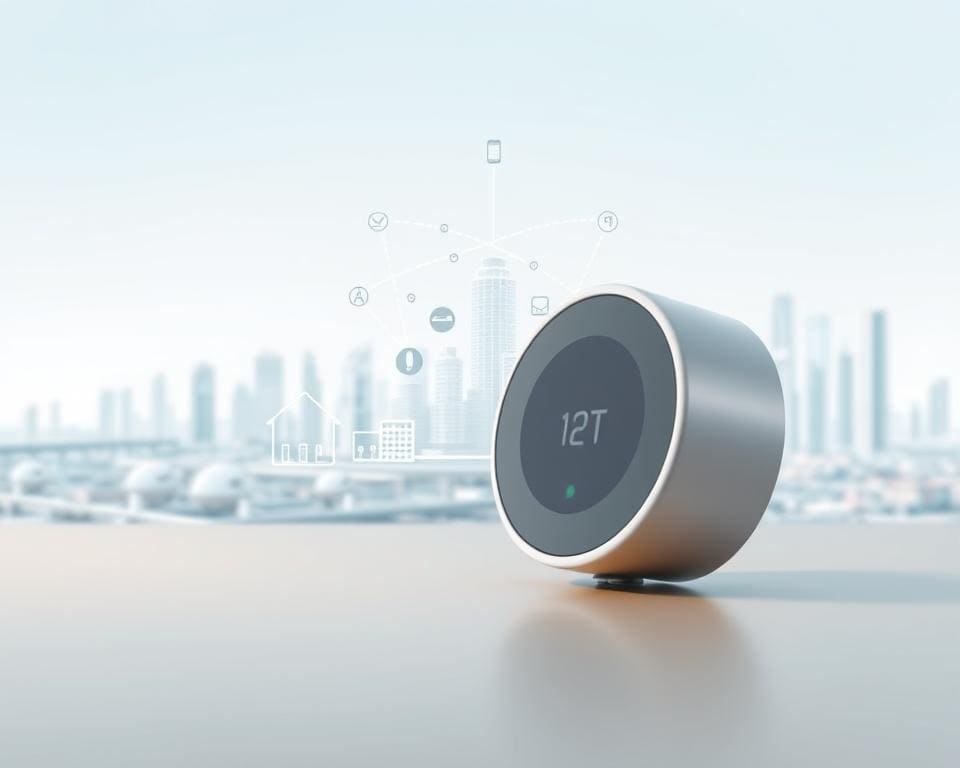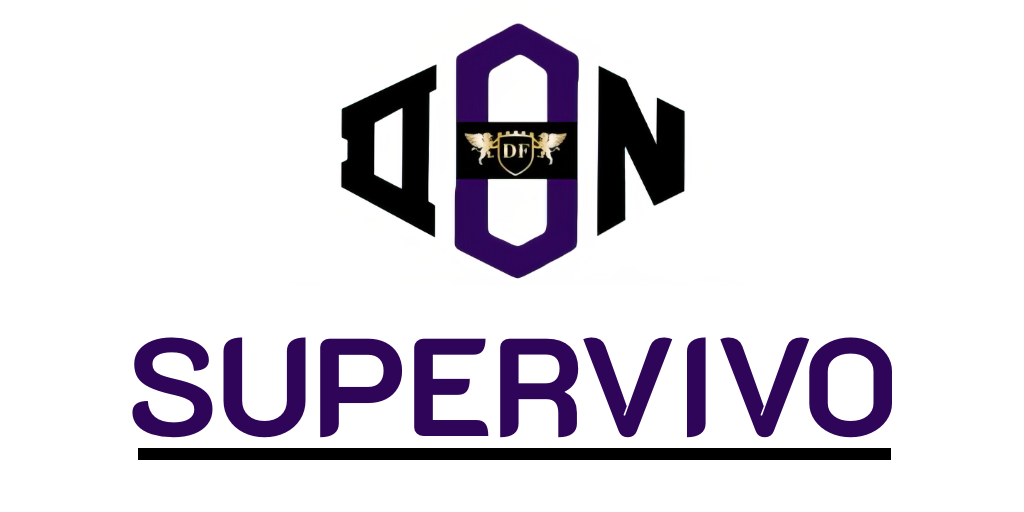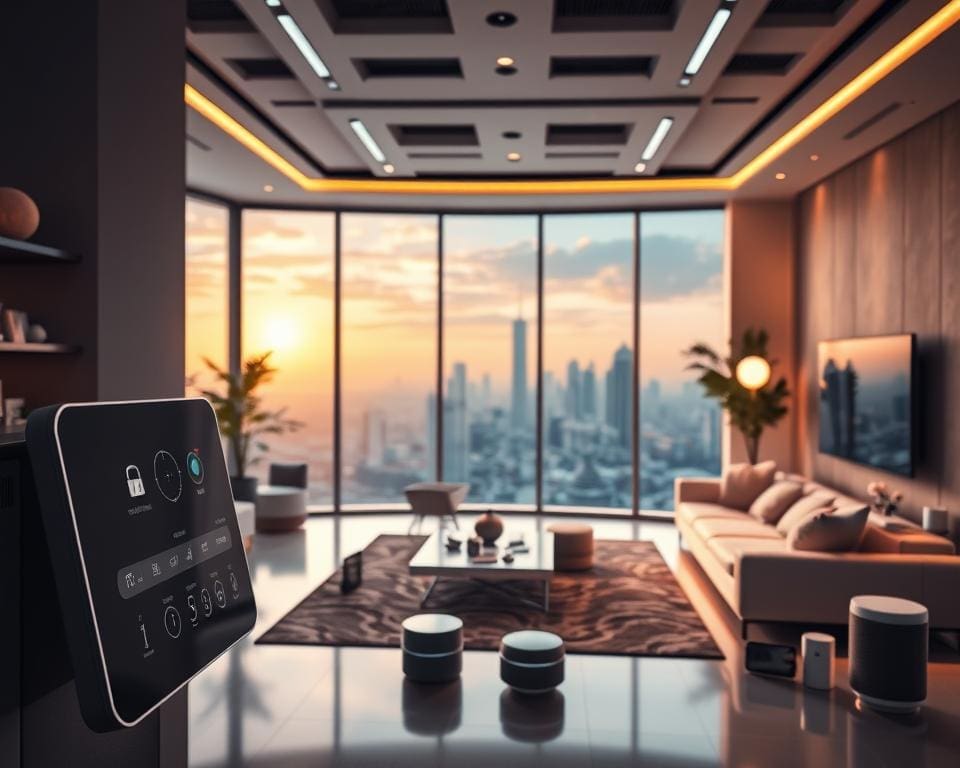The Internet of Things (IoT) is set to fundamentally transform how we interact with our homes. As we stand on the brink of this technological revolution, one might wonder: how will IoT revolutionize home automation? This dazzling capability is not simply about convenience; rather, it encapsulates a profound shift in our lifestyle, enhancing the connectivity of everyday devices. With projections indicating over 30 billion connected devices globally by 2030, the implications of IoT on home automation are immense. These advancements promise not only to refine how we manage our personal spaces but also to revolutionise the very essence of daily living. Initial implementations of IoT in smart homes are already showcasing the potential for unprecedented comfort and efficiency, paving the way for future innovations that will redefine our relationship with technology.
Understanding the Internet of Things (IoT)
The Internet of Things (IoT) is a revolutionary concept that connects devices and allows them to communicate and share data seamlessly. Understanding the Internet of Things involves realising how these technological advancements can transform our everyday lives, especially within our homes. This section delves into the fundamental aspects of IoT and illustrates how its components come together to create an interconnected ecosystem.
What is IoT?
What is IoT? It refers to a vast network of devices embedded with sensors, software, and other technologies that enable them to connect and exchange data with each other through the internet. This connectivity allows smart devices to operate intelligently, making decisions autonomously or under user control, thus enhancing the efficiency of everyday tasks.
Components of IoT
The Components of IoT are essential in fostering this interconnectivity. Key elements include:
- Sensors: These collect data from the environment, such as temperature, motion, and light levels.
- Connectivity Modules: These facilitate communication between devices, often through wireless networks like Wi-Fi, Bluetooth, or cellular connections.
- Cloud Computing: This serves as the backbone for data storage and processing, enabling the scalability and functionality of IoT applications.

By integrating these components, the IoT ecosystem can automate tasks efficiently, making daily routines more convenient and streamlined.
How will IoT revolutionize home automation?
The IoT revolutionizing home automation brings a transformative approach to how households operate. Traditional automated systems often lack the flexibility and intelligence that modern smart technologies provide. With the integration of IoT, homes can now enjoy real-time data and remote access, creating an interconnected environment that enhances user experience.
For instance, smart appliances can communicate with one another, allowing users to manage their homes efficiently through their smartphones or voice assistants. This level of interconnectedness streamlines daily tasks by automating functions such as lighting, temperature control, and security systems, thus making routine chores less cumbersome.
Insights from consumer behaviour show a distinct trend toward greater adoption of IoT technologies in home automation. Users express a desire for increased convenience and control over their living spaces. With the ability to monitor energy consumption and adjust settings accordingly, homeowners can significantly reduce wastage and optimise energy usage.
The shift towards IoT-enabled platforms not only enhances comfort but also addresses the growing concerns regarding security. Smart home systems can provide proactive alerts and remote surveillance, ensuring the safety of residents. As the IoT revolutionising home automation continues to evolve, families will find their living environments becoming more efficient, secure, and tailored to their unique lifestyles.
Benefits of IoT in home automation
The integration of IoT into home automation presents a myriad of advantages that can transform daily living. From promoting sustainability to enhancing security, the benefits are both far-reaching and impactful.
Enhanced Energy Efficiency
One significant advantage is the enhanced energy efficiency brought about by smart devices. Smart energy meters and intelligent thermostats learn and adapt to users’ behavioural patterns, optimising heating and cooling to reduce wastage. This functionality results in significant savings on utility bills. With the rise of eco-consciousness, the benefits of IoT in home automation encourage more sustainable living practices while providing cost-effective solutions.
Increased Security Features
Security is another critical area transformed by IoT technology. Intelligent security cameras and motion detectors can provide real-time surveillance and instant alerts directly to users’ smartphones. This capability ensures that homeowners can monitor their properties from anywhere. Enhanced security systems contribute immensely to peace of mind, illustrating the numerous benefits of IoT in home automation that cater to safety and protection.
Improved Convenience and Comfort
The advent of smart speakers and automated lighting systems further demonstrates the remarkable capabilities of IoT in enhancing convenience. These systems respond effortlessly to voice commands and can be programmed according to users’ schedules. As homes become increasingly intuitive, the benefits of IoT in home automation manifest in the form of tailored experiences that elevate overall comfort.
IoT smart home innovations shaping the future
The landscape of home automation is rapidly evolving, driven by IoT smart home innovations that not only enhance efficiency but also elevate our everyday experiences. These advancements promise a future where our homes are equipped with intelligent systems that respond intuitively to our needs, ensuring comfort, security, and sustainability.
Smart Lighting Solutions
One of the most exciting developments in IoT is the advent of smart lighting solutions. These systems utilise sensors and programmable schedules to optimise energy usage while enhancing the aesthetic of modern homes. By integrating IoT technology, homeowners can adjust lighting remotely, set moods for different occasions, and even reduce their carbon footprint through efficient energy consumption. This intelligent approach not only makes for a more comfortable living environment but also contributes to significant energy savings.
Advanced Climate Control Systems
Another area where IoT smart home innovations shine is in advanced climate control systems. These solutions harness real-time data analytics to monitor indoor conditions, adjusting heating, ventilation, and air conditioning seamlessly to maintain an optimal environment. Such systems are essential for promoting sustainable living, ensuring that energy is used wisely while maintaining the highest levels of comfort. With the integration of IoT, these climate solutions can learn user habits, further enhancing their efficiency and reducing utility costs.
Innovative Health Monitoring Devices
The integration of IoT in healthcare extends into our homes through innovative health monitoring devices. These IoT smart home innovations provide real-time insights into personal health metrics, empowering individuals to take charge of their wellness. From wearable devices that track vital signs to smart appliances designed to manage medication schedules, this technology could redefine the way we approach health and wellbeing within our homes. The future holds promise for a better quality of life, facilitated by the thoughtful application of IoT in daily living.









